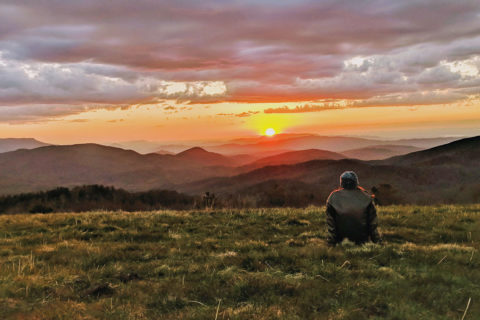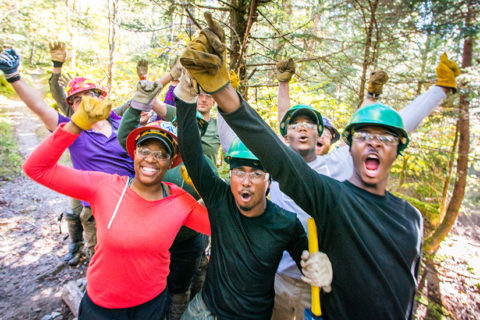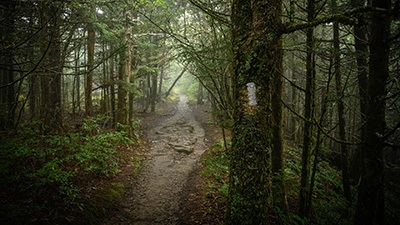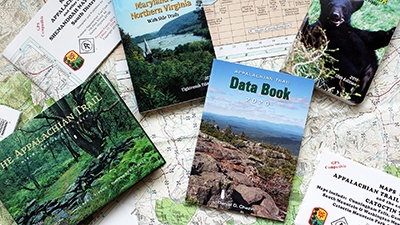by Leanna Joyner
Tips for Safety Sessions
A good tailgate safety session doesn’t need to take long, though it should cover the essentials. This post includes a mnemonic device to help frame your next safety briefing, an easy way to introduce safety talks for volunteers, and a video with sample tailgate safety session topics. In your next safety briefing…
BE SAFE
Bearings: Provide an orientation to the day’s planned activities. This allows participants to “get their bearings” on the location of the work, the purpose and intended outcomes, and any squads or assignments for specific volunteers.
Environmental Considerations: Detail environmental conditions that may impact work, including weather, wildlife (including ticks), poisonous plants, hypothermia, sun exposure, trail conditions, overhead hazards, strenuous hikes, high water crossings, or flood dangers.
Safety First: Review the tasks to be accomplished, hazards associated with the tasks and ways to mitigate those hazards; refer to appropriate job hazard analysis (JHA) references.* This is also a good time to make sure everyone has appropriate footwear, clothing, lunch, water, gloves, and sunscreen. During any tool safety overview, stress proper tool handling, safe working distances between volunteers, and proper ergonomics to reduce injury. Remind participants to drink plenty of water throughout the day, even if they don’t feel thirsty.
Accountability: Everyone is responsible for ensuring a safe work environment. Volunteers should be empowered to vocalize safety concerns that they see. This extends into being aware of others or announcing yourself when you’re going to pass through a work area so that work can pause.
Freedom to Disclose: Let people on your crew know that if they have any health concerns they want to be sure you know about they can talk to you after the safety session. These might include back problems, allergies (insects, plants, medication), diabetes, heart or lung problems, or epilepsy.
Emergency Incident Plan: Explain the emergency procedures in place for this crew and any communication devices. Assess the levels of first aid or medical training within the group and the location of the closest hospital. If the crew will bushwack to the work site from the parking area, be sure to adequately flag the route in the event of an emergency. Make sure that people who drove communicate where their keys are located.
One way many trip leaders introduce safety sessions for volunteer participants before they start is to outline the priorities for the day in this way:
#1 task is to be safe: Primary to the role of any work trip is to come home safely at the end of the day.
#2 task is to have fun: Secondary to that, we hope volunteers have a great time, so they want to come back.
#3 task is to get the job done: “We want to get the job done, but not at the expense of safety. We can always finish the project another day.”
Here are some segments of a recent Natural Bridge Appalachian Trail Club tailgate safety session.
Pro Tip: Trip leaders who facilitate volunteers in a circle to each provide a safety tip along with either a warm-up stretch or joke allows new and experienced participants to more fully engage in and contribute to a culture of safety. Leaders who employ this approach are advised capture any hazards not previously mentioned, using JHA(s) as reference.





